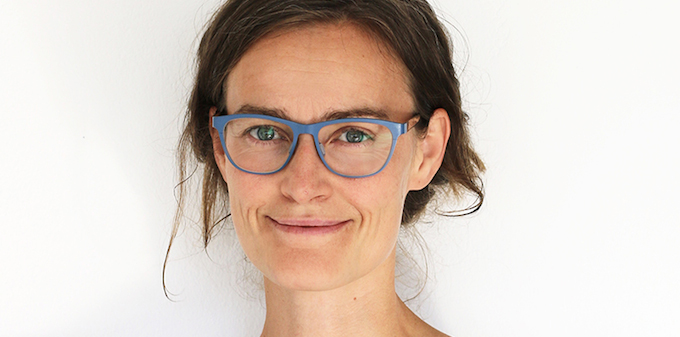
Clue founder Ida Tin. Source: Clue
You’ve probably heard the term fintech. Well, there’s also a thing called femtech. And as the name implies, it’s all about female entrepreneurs using technology to find solutions to female problems, mainly in the area of healthcare.
Femtech emerged as a concept and movement in the past five years and has really gained traction in the past couple of years. One of its pioneers is Danish female entrepreneur Ida Tin, who created the period and ovulation tracker app Clue in 2013 and is widely credited with coining the term femtech.
In a video made for Clue in 2016, Tin talked about what femtech is and how it relates to her startup:
“I think there is a really exciting new thing happening right now, which is that there is a whole new business category on the rise. I call it femtech — the idea that there is a lot of new products and services based on technology, which are addressing needs within female health. What I see is a lot of new things emerging, and I was trying to see what do people call these kinds of products … I suggest femtech.”
In an interview with the New Yorker, Tin related her experience of pitching Clue to early investors, who were almost always men. She received a muted response. Many of these potential investors said they would not invest in a product they wouldn’t themselves use. Tin persisted and eventually was able to launch the app, which would go on to be downloaded and used by millions of women across the world.
The uneasiness of male investors was evident to Tin, who thought the sheer size of the opportunity on offer would have been enough for them to overcome their schoolboy attitudes. “This was clearly not a niche product,” Tin said.
Consulting firm Frost & Sullivan’s report on femtech echoes Tin’s comment that women’s healthcare is not a niche concern. The report estimates femtech products have a market potential of $50 billion globally by 2025.
“Women’s health is often side-lined as a niche market; however, tides are changing, and this can be attributed to the rise of the ‘she-economy’, where women are not only playing an increasingly influential role across the healthcare continuum, but also have higher purchasing power,” said Shruthi Parakkal, Frost & Sullivan’s transformational health senior research analyst.
“For instance, the economic contribution of women is expected to outpace the combined gross domestic product (GDP) of China and the United States by 2020.”
The Frost & Sullivan study is focused solely on healthcare. Similar opportunities, however, abound for female entrepreneurs in other industries and sectors that have ignored products and services for women. Think about the poor execution of many products that fail to factor in the lived experience of women. Many women could likely recall encountering such products, leaving them with far from an optimal user experience.
It may seem blindingly obvious to state, but there is a tremendous opportunity for female entrepreneurs in femtech, but also more broadly in other industries where women’s needs and experiences have been diminished or ignored. That’s because not only is the world of investment overwhelmingly male-dominated, the design and engineering professions are also skewed that way too.
It has been men designing things, and then male entrepreneurs often pitching these things to male investors. As a result, many products and services barely get any female input from concept to finish. That leaves a large pool of potential consumers whose needs have been frustrated or unmet.
That structural and systemic bias against women is solidly entrenched. As software designer Ellie Dori writes in an article titled “Designed with Men in Mind”:
“Our world has been predominantly designed with the male user in mind. And it makes sense, given that the default in so many contexts has been male: language conventions, historical figures, mental models. And there’s really no point in fixating on what’s already been. But I do see an immense value in simply taking note.”
And plenty of female entrepreneurs are taking note. They can see the potential in remaking the world in a way that is more inclusive of women, as well as other people who have been overlooked up to now by the world of male designers, entrepreneurs and investors.
Femtech might be primarily a healthcare phenomenon right now, but there is plenty of scope for women to start thinking, creating, and making products and services that work for them. After all, there’s around 51% of the world who would be very interested in such products.
NOW READ: Five companies with female founders that are doing amazing things


COMMENTS
SmartCompany is committed to hosting lively discussions. Help us keep the conversation useful, interesting and welcoming. We aim to publish comments quickly in the interest of promoting robust conversation, but we’re a small team and we deploy filters to protect against legal risk. Occasionally your comment may be held up while it is being reviewed, but we’re working as fast as we can to keep the conversation rolling.
The SmartCompany comment section is members-only content. Please subscribe to leave a comment.
The SmartCompany comment section is members-only content. Please login to leave a comment.